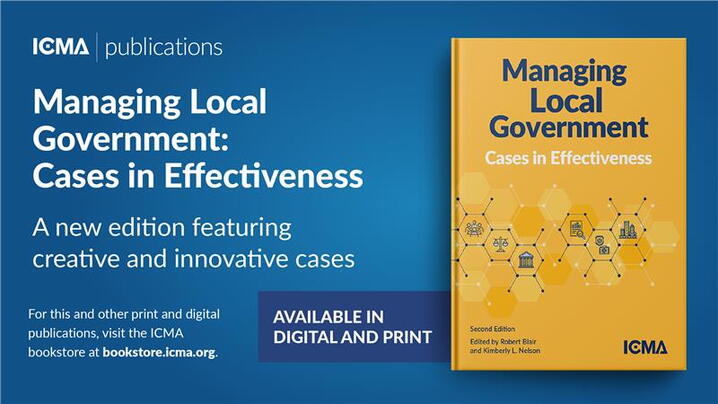
The comprehensive second edition resource with brand new local government case studies for effective governance.
ICMA surveyed local government officials in 2024 on AI and its use in local government service delivery and operations.
A public works themed Local Government Life Advice episode.
Future Proofing Local Government: Strategies for Sustainable Innovation
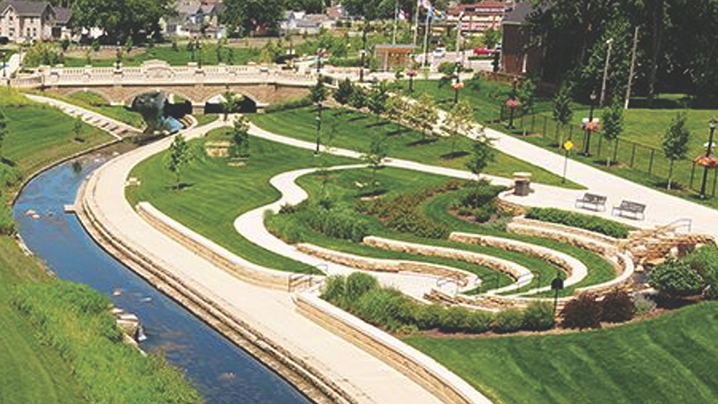
The critical leadership work for city and county managers is to address the recovery challenges.
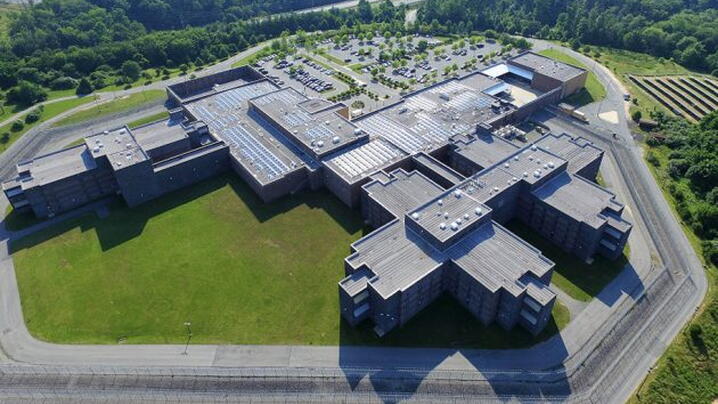
Integrating microgrids into the electric grid can help communities build resiliency against climate crises.
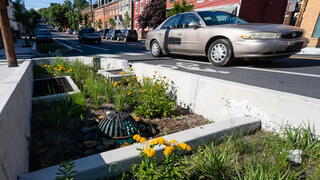
Strategies for local government managers to create green infrastructure programs from lessons learned in the Chesapeake Bay watershed.
Summary of Survey Results
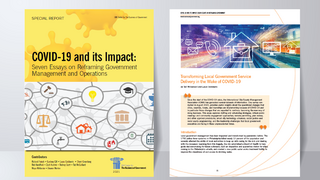
A special report, COVID19 and its Impact: Seven Essays on Reframing Government Management and Operations with essays from academic and government experts around the country.
